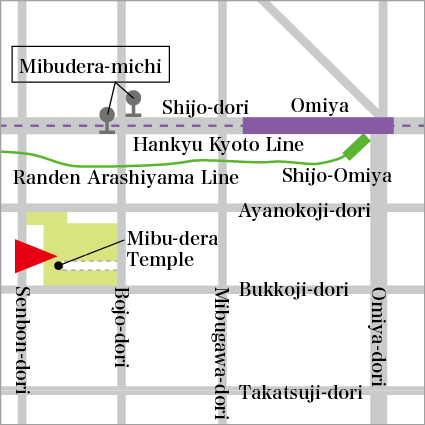Mibu Temple Cultural Properties Exhibition Hall (Mibu Temple History Library)
- Highlight
- The temple has some 190 Kyogen masks from the Muromachi period through to the present day, and some of these are on display
A temple closely associated with Mibu Kyogen and Shinsen-gumi
The origin of this temple dates back to 991 when the monk Kaiken of Mii-dera Temple enshrined a Jizo-Bosatsu image (Bodhisattva who watches over children, travelers and the underworld) at this site. Later, the temple hall was lost in a fire, but this was restored by Taira-no-Masahira in 1295. And, then, in 1300, whilst attempting to rid the city of a plague using the Jizo form of Buddhism, the monk Egaku Shonin started using mime and gestures to pass Buddhist ideology on to the masses, which increased worship of Jizo-Bosatsu and sowed the seeds for “silent plays”, synomous with Mibu Temple, and now known as Mibu Kyogen.
The temple has a treasure room. Here, visitors can see materials related to Mibu Kygoen as well as a folding screen painting (Important Cultural Property) by Tohaku Hasegawa, a Heian-period sculpture of the 11-faced Kannon Bosatsu, an Edo-period sculpture of Jizo-Bosatsu, and Muromachi-period masks (ancient wood-carved masks used in the Kyogen plays). There are also spaces where temple history, Kyogen and the Shinsen-gumi (the shogunate police connected to Mibu-dera) can be learned about.
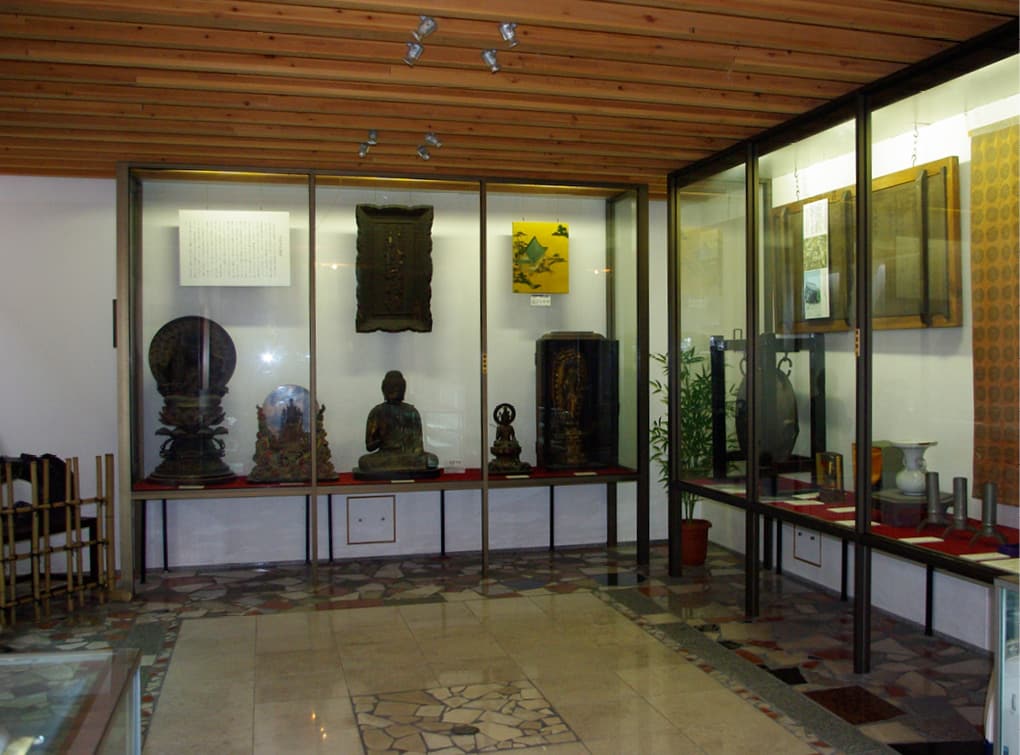
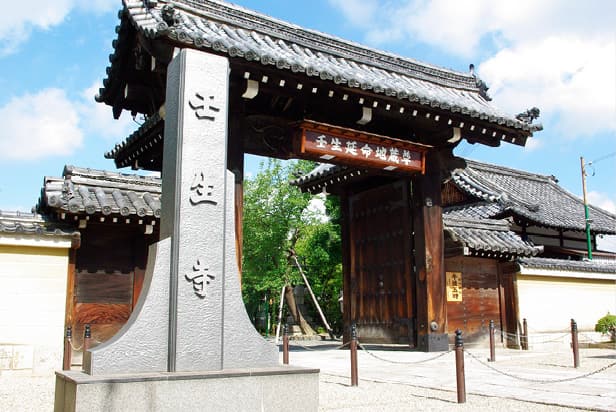
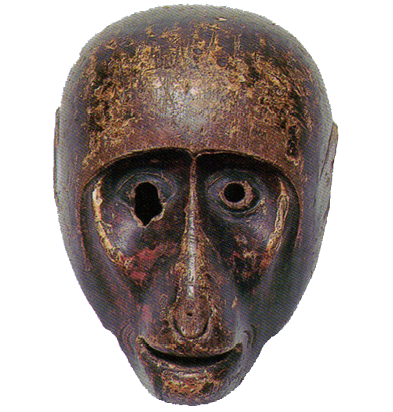
An ancient Mibu Kyogen mask
| Address | 31 Mibu Kainomiya-cho, Nakagyo-ku |
|---|---|
| TEL | 075-841-3381 |
| FAX | 075-841-4481 |
| URL | https://www.mibudera.com |
| Hours | Cultural asset exhibition room is usually closed and is only open in spring (29/4-5/5 9:30~16:30), History room: 9:30~16:30 |
| Closed | None |
| Adm | Cultural asset exhibition room(Homepage confirmation required)/History room: Adults ¥300, high school students ¥100 |
| Access | A 10-min walk from Hankyu Omiya Stn/A 10-walk from Randen Shijo-Omiya Stn/A 4-min walk from Mibudera-michi Stop of City Bus |
Facilities near by
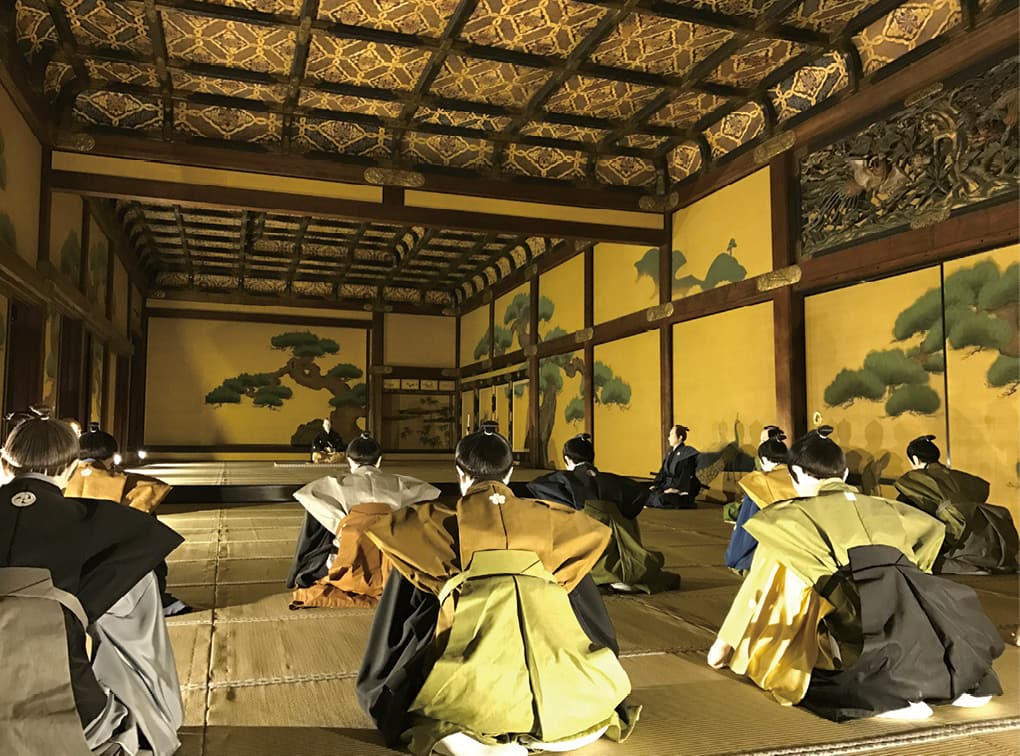
Former Imperial Villa – Nijo-jo Castle
A villa castle at the very summit of Momoyama culture
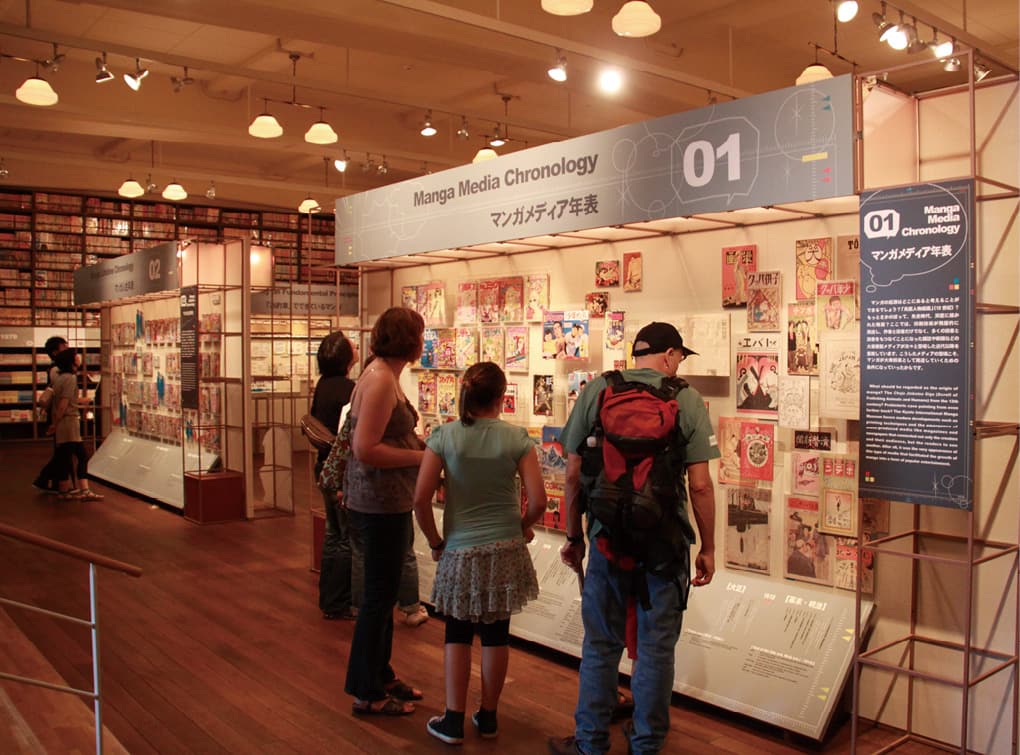
Kyoto International Manga Museum
Everyone could possibly want to know about manga
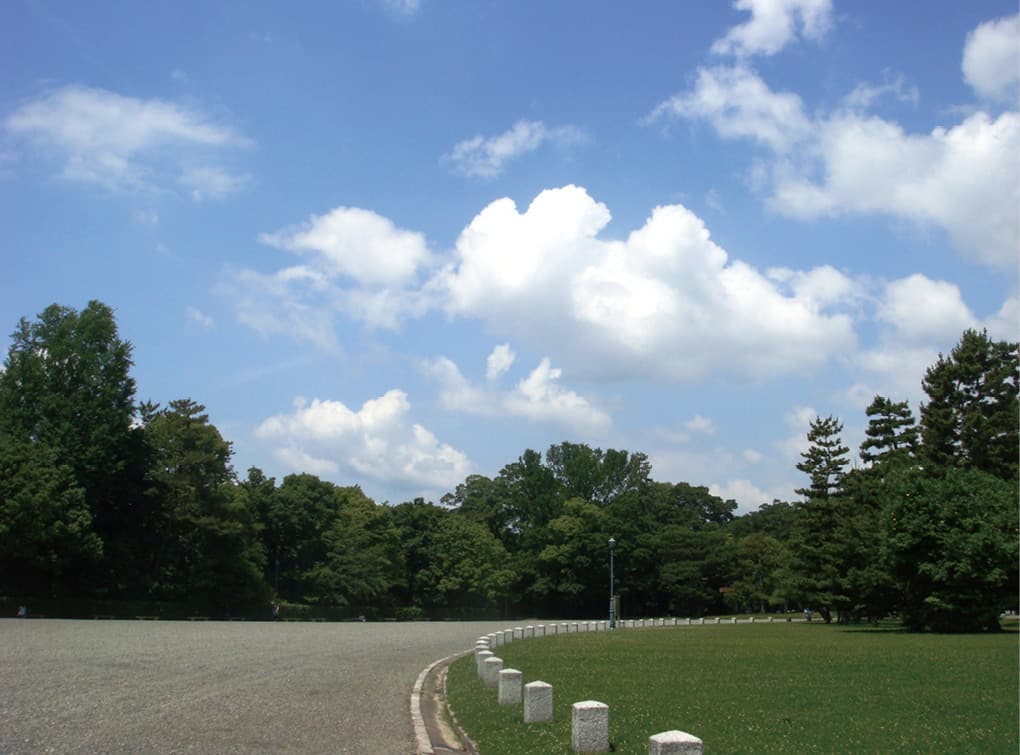
Kyoto Imperial Palace Side National Garden
A Park full of nature and distinguished history
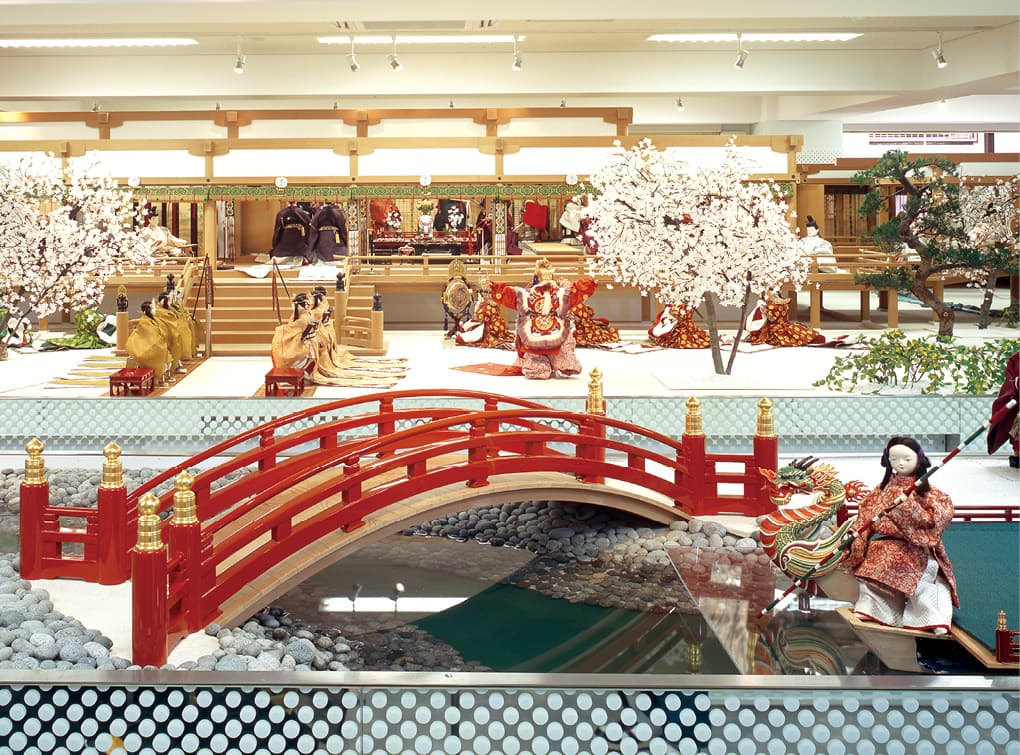
Costume Museum
Experience the wonder of Heian dynastic culture
